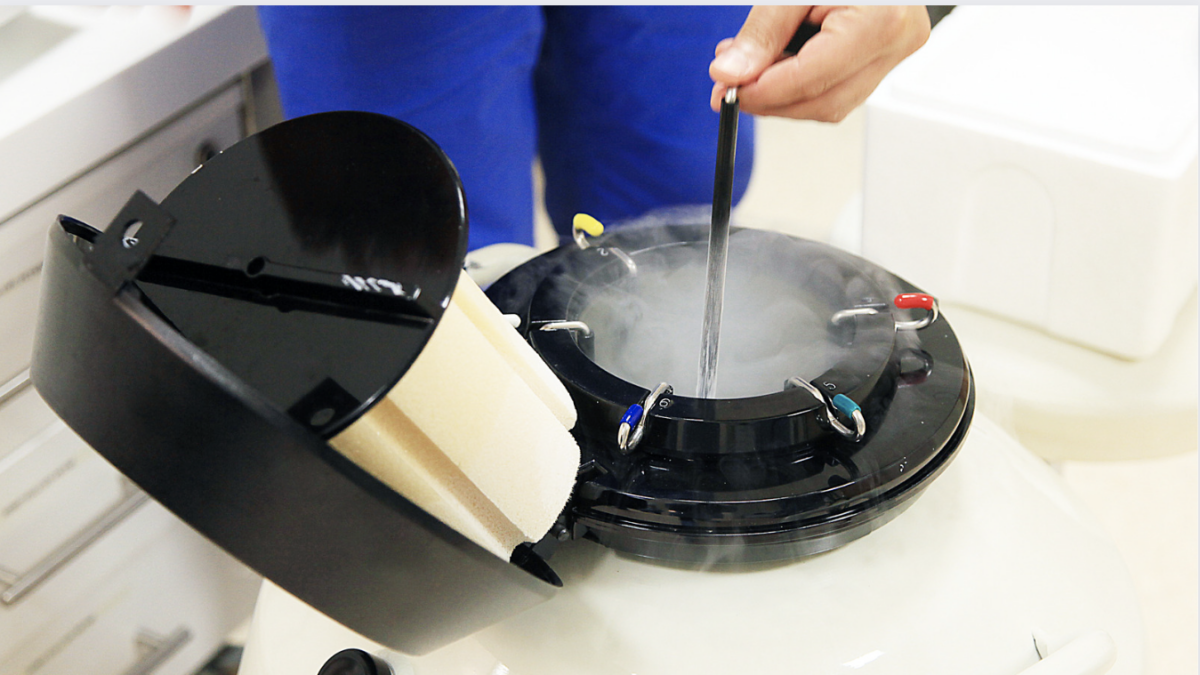
Days before the Senate Judiciary Committee was scheduled to hear allegations of sexual impropriety against Supreme Court nominee Judge Brett Kavanaugh, radio and TV host Michael Smerconish noticed something odd about The New York Times coverage of a new allegation: A sentence undermining the accuser’s story had been deleted.
Deborah Ramirez accused Kavanaugh of exposing himself to her at a party while the two of them were students at Yale. Smerconish noticed The New York Times had removed a sentence in the report on her allegation noting Ramirez recently told former classmates she wasn’t sure if it was Kavanaugh who exposed himself.
“Ms. Ramirez herself contacted former Yale classmates asking if they recalled the episode and told some of them that she could not be certain Mr. Kavanaugh was the one who exposed himself.” Why is this sentence now gone from this @nytimes story? https://t.co/ufSehglkTm
— Michael Smerconish (@smerconish) September 25, 2018
Answering the question of how information undermining one of Kavanaugh’s accusers was stealth-edited from the story is a little complicated, and spotlights a problem with internet-age journalism extending beyond this incident. The complication arises from the fact that the language the NYT deleted remains almost intact in a story the paper ran earlier.
Wait, that’s still here: https://t.co/jqlRgD98II
The only line missing is “The New Yorker strongly stood by its article."
— Jane Coaston (@janecoaston) September 25, 2018
So this is not a case in which The New York Times has chosen to suppress its own reporting entirely out of bias or unacknowledged error. Rather, it is a case in which – as the NewsDiffs website reveals – the paper made wholesale revisions to its coverage over the course of a few hours.
Many in journalism will defend what occurred here as part of a long-standing tradition in “breaking news” coverage. For example, in ye olden days of yore, it was not uncommon that the Associated Press would transmit over its wires multiple “write-throughs” of a quickly moving story. In the internet age, however, the practice of “write-throughs” raises both short-term and long-term issues for the media.
The first question concerns the sort of changes flagged by Smerconish, particularly The New York Time’s framing of Ramirez’s allegation as reported by Jane Mayer and Ronan Farrow for The New Yorker. The original version of the New York Times story read as follows:
On Sunday evening, just hours after lawyers for Dr. Blasey and Senate Judiciary Committee aides finished negotiations on the shape of Thursday’s hearing, new allegations began to surface. First, The New Yorker published an interview with a woman, Deborah Ramirez, who said that Judge Kavanaugh exposed himself to her at a drunken dormitory party during their first year at Yale.
The New York Times had interviewed several dozen people over the past week in an attempt to corroborate Ms. Ramirez’s story, and could find no one with firsthand knowledge. Ms. Ramirez herself contacted former Yale classmates asking if they recalled the episode and told some of them that she could not be certain Mr. Kavanaugh was the one who exposed himself.
The New Yorker strongly stood by its article.
The new version takes a sharply different tone regarding The New Yorker story:
For Republicans, the hearing and the women’s accusations are fraught with political dangers. In the #MeToo era, Republicans cannot afford to attack Judge Kavanaugh’s accusers. So they have instead trained their fire on Senate Democrats, accusing them of waging a campaign of character assassination, and the news media — in particular The New Yorker. Many cited a Times article that said The Times had conducted numerous interviews but was unable to corroborate Ms. Ramirez’s story.
But The Times did not rebut her account and, unlike The New Yorker, was not able to obtain an interview with Ms. Ramirez.
This new text (and the omission of “The New Yorker strongly stood by its article” from its earlier story) reflects the tone New York Times Executive Editor Dean Baquet struck with The New Yorker editor-in-chief David Remnick in the wake of the original New York Times story:
Below are comments from NYer editor David Remnick and NYT Executive Editor Dean Baquet regarding NYT's declining to publish the Deborah Ramirez story. pic.twitter.com/9FsSfhNT8V
— ErikWemple (@ErikWemple) September 24, 2018
The New York Times coverage in fact did not purport to “knock down” The New Yorker report. Mayer and Farrow admit that, “In her initial conversations with The New Yorker, [Ramirez] was reluctant to characterize Kavanaugh’s role in the alleged incident with certainty,” that “there are significant gaps in her memories of the evening,” and that, “The New Yorker has not confirmed with other eyewitnesses that Kavanaugh was present at the party.”
Yet these crucial caveats are sprinkled over several paragraphs in the course of a narrative seemingly written to bolster Ramirez’s claim, emphasizing hearsay corroboration of an incident while burying the denials from those allegedly involved near the end. The New York Times highlighted the obvious weaknesses of the allegations – and by extension, The New Yorker story – in two succinct sentences.
“Write-throughs” occasionally involve significant revisions as the facts on the ground evolve. But how often does The New York Times revise its coverage to emphasize that The New York Times did not get an important story? And how often does it happen while a top editor is engaging in public self-flagellation? A skeptic might be forgiven for concluding that in the #MeToo era, the NYT is at least as skittish and political as Senate Republicans in addressing the allegations against Kavanaugh.
Republicans will be concerned primarily with these short-term questions of political bias – not just at The New York Times, but also at The New Yorker, which made the Senate Democrats’ dirt-digging operation the rationale for their report. (If you believe that is an overstatement, read the very first sentence of The New Yorker story.)
But there are longer-term questions regarding”write-throughs” that should concern everyone. The practice has been a subject of controversy at The New York Times in the past. Progressives once complained that a story about then-presidential candidate Mitt Romney’s reaction to the terror attack on the U.S. consulate in Benghazi had been toned down by the paper.
Journalists frequently brag that they are writing the “first draft of history.” But in the internet age, they are writing that history on a virtual whiteboard, subject to alteration or deletion almost entirely unobserved by the public in the moment, let alone by historians studying a subject years from that moment. Given that the internet has so vastly accelerated the news cycle, it is more important than ever to preserve how those cycles shape the public debate.









